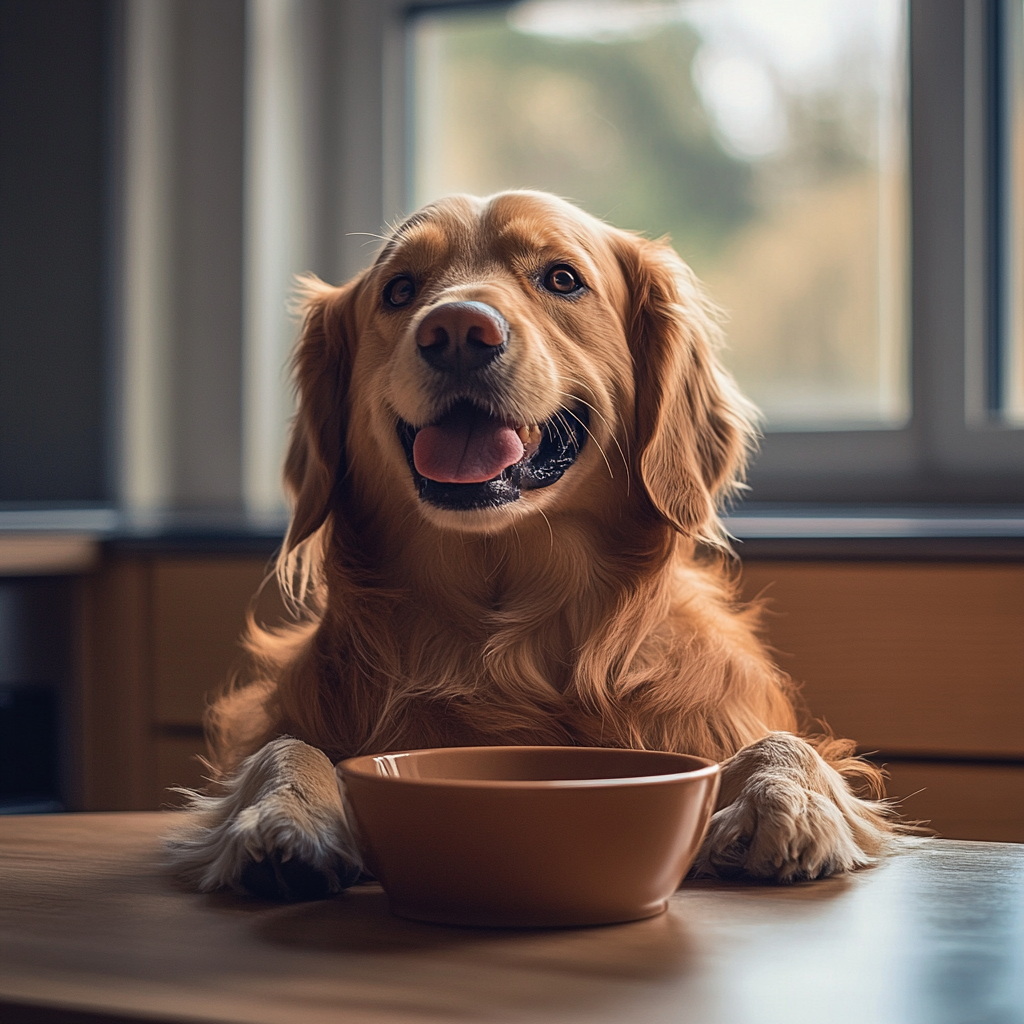Changing your dog’s routine can be a simple process with the right approach. Here are 5 easy tips to help you shift your dog’s schedule without stress, ensuring a happier and healthier pup.
5 Tips to Easily Change Your Dog’s Routine

Introduction
Changing your dog’s routine doesn’t have to be difficult! Whether you’re adjusting feeding times, adding new activities, or shifting daily walks, your dog can quickly adapt with some easy adjustments. In this article, we’ll explore 5 tips to easily change your dog’s routine without causing stress or confusion for your furry friend. By following these tips, you’ll be able to ensure a smoother transition while keeping your dog’s mental and physical well-being in mind. Let’s dive into how you can implement these changes in your dog’s routine with ease.
Table of Contents
- Why Change Your Dog’s Routine?
- Tip #1: Gradually Adjust Feeding Times
- Tip #2: Introduce New Activities Slowly
- Tip #3: Change Walk Times Gradually
- Tip #4: Be Consistent with New Routines
- Tip #5: Observe Your Dog’s Response
- Conclusion
- FAQs
- For More Pets Related Articles
Why Change Your Dog’s Routine?
Changing your dog’s routine can help improve their mental stimulation, physical health, and overall happiness. A dog’s routine might need to be adjusted for various reasons: a new work schedule, seasonal changes, or even just to introduce more variety into their day. Dogs thrive on structure, but they also appreciate new experiences, so it’s important to find a balance. With the right approach, you can introduce changes to your dog’s routine without making them anxious or upset.
Let’s take a closer look at 5 tips to easily change your dog’s routine to keep your dog happy and healthy!
Tip #1: Gradually Adjust Feeding Times
One of the simplest changes to make in your dog’s routine is altering feeding times. If you’ve been feeding your dog at the same time every day, they’ve likely become accustomed to that schedule. When adjusting feeding times, you want to take a gradual approach. Moving the time forward or backward by 15 to 30 minutes each day will give your dog time to adjust without feeling too hungry or anxious.
Why Gradual Changes Work
Dogs are creatures of habit, and drastic changes can confuse them or cause stress. By introducing small, gradual adjustments, your dog will feel more comfortable with the changes. Over a few days, your dog will adapt to the new feeding time, making the transition smooth and stress-free.
Tip #2: Introduce New Activities Slowly
If you’re adding new activities to your dog’s routine, such as training sessions, socialization with other dogs, or enrichment activities like puzzle toys, it’s essential to introduce these activities slowly. Too much change all at once can overwhelm your dog, leading to stress or disinterest.
How to Integrate New Activities
Start by introducing one new activity at a time and keep it short and enjoyable. For example, if you’re starting training, begin with just 5-10 minutes per session. Gradually increase the duration and difficulty level as your dog becomes more comfortable. Over time, your dog will adapt and look forward to these new activities.
Tip #3: Change Walk Times Gradually
If you’re changing your dog’s walk times due to a shift in your schedule or to adjust for daylight savings, make sure to do it gradually. Dogs thrive on routine, and changing their walk times abruptly can lead to confusion. A gradual shift in timing helps your dog adjust to the new routine without feeling anxious.
How to Shift Walk Times
If you want to change the timing of your dog’s walks, try doing so in small increments. Move their walk time by 15 minutes per day until you reach the desired time. This allows your dog’s internal clock to adjust without much disruption.
Tip #4: Be Consistent with New Routines
Once you’ve made adjustments to your dog’s routine, consistency is key. Dogs need stability to feel secure. While changes are necessary from time to time, being consistent with their new schedule will help them settle into the new routine.
How to Keep Consistency
Set specific times for feeding, walks, playtime, and rest. This allows your dog to know what to expect, even in the midst of changes. Dogs feel safer when they can predict what will happen next, so maintaining a routine after changes will help them adapt smoothly.
Tip #5: Observe Your Dog’s Response
It’s crucial to monitor your dog’s behavior and responses when changing their routine. Some dogs may adjust quickly, while others may need more time. Watch for signs of stress, such as excessive panting, pacing, or changes in appetite, and adjust your approach if necessary.
How to Monitor Your Dog’s Well-being
If you notice signs of distress, slow down the pace of change. On the other hand, if your dog seems to enjoy the changes, you can continue adjusting their routine accordingly. Every dog is unique, so be mindful of how your pet is reacting and adjust your strategies as needed.
Conclusion
Changing your dog’s routine doesn’t have to be complicated or stressful. By following these 5 tips to easily change your dog’s routine, you can make the transition smoother for your furry friend. Remember to make changes gradually, maintain consistency, and always observe your dog’s responses to ensure their well-being. Whether it’s feeding time, walk schedules, or new activities, small adjustments can have a big impact on your dog’s happiness and health.
For more pets related articles click here: https://ledstk.com/category/pets/. For recipe lovers, see here: https://sotastyrecipe.com.
